The FEND Act and the role of interoperable comms in counter-fentanyl operations
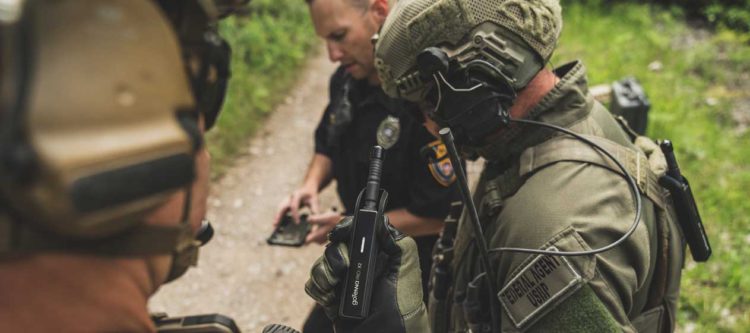
In every law enforcement operation, situational awareness and communication are critical to achieving a safe outcome for officers and other parties involved. This was a sentiment shared by Charlie Guddemi, the District of Columbia’s Homeland Security and Emergency Management Agency’s (HSEMA) Statewide Interoperability Coordinator (SWIC), in a recent editorial he authored for the National Institutes of Justice:
Interoperable communications continues to be one of the top national issues facing our first responders and public safety officials. It is extremely difficult for responders to respond to any situation without reliable and seamless interoperability.
Current communication plans are generally specific to each agency or organization, meaning federal, state, local and tribal entities typically do not have interoperable communication platforms. For planned operations, like disaster response or joint law enforcement operations for counter-fentanyl, and unplanned operations, like an active shooter, hostage situations, or terrorist events, enabling communications at the speed of the mission is crucial for success.
The need for interoperable communications was highlighted in the 9/11 Commission Report. A collaborative effort ensued among multiple law enforcement associations and federal agencies to introduce Project 25 (P25) standards to mitigate the communication challenges faced by first responders during the World Trade Center attack.
…interoperability between agencies is essential in both law enforcement and emergency response operations.
However, while these standards were designed to enhance interagency communication, interoperability challenges persist more than a decade later, even within P25 radios themselves. Notably, P25 radios are often criticized for being expensive, with a price point of upwards of $8,000, as well as for their substantial size and weight, potentially affecting their practicality and ease of use. Further compounding this issue is cost: while land mobile radio (LMR) and tactical radios are highly capable, they are also quite costly, making it impractical for budget-conscious agencies to procure excess for joint operations.
This is unfortunate because interoperability between agencies is essential in both law enforcement and emergency response operations.
During the 2018 Camp Fire, which remains the most deadly wildfire in California’s history, many disparate state and federal agencies needed to coordinate their response. Responding organizations included California’s statewide Emergency Operations Center and its Regional Emergency Operations Centers, CAL FIRE, the California Highway Patrol, the California National Guard, the Federal Emergency Management Agency (FEMA), and FEMA’s Disaster Survivor Assistance (DSA). Earlier this year, when homicide suspect, Michael C. Burnham, escaped from the Warren County Prison, the resulting manhunt involved nearly 200 local, state, and federal officers, including personnel from the U.S. Marshalls, Border Patrol, and the Pennsylvania State Police Special Emergency Response Team. Despite persistent interoperability challenges, law enforcement and public safety joint response continues to be the norm.
If communication is essential to safe, effective, collaborative law enforcement operations, overcoming the interoperability challenges between the different agencies operating around the southern border and the world is necessary to combat the fentanyl epidemic.
More recently, agencies like U.S. Customs and Border Protection (CBP) are solving the interoperable communication challenge by procuring a combination of TAK software and goTenna’s mesh networking radios to augment current capabilities and support interoperability. This combination of proven government off-the-shelf (GOTS) and commercial off-the-shelf (COTS) technology has been successfully deployed for ruggedized missions in austere environments and can address shared communications.
As Carla Provost, former Chief of the United States Border Patrol, previously shared with The Last Mile, “In regions with heavily mountainous, treacherous terrain, agents can be faced with limited or no connectivity. Line-of-sight radio communications don’t always work, and there are no cellular networks in many of these extremely remote locations.”
goTenna’s radios operate by creating a fully interoperable, decentralized communication network that can move the most critical data during operations, including position location information, text messages, and sensor data, via a low-cost, size, weight, and power (C-SWaP) mesh network. These flexible networks, which operate without traditional infrastructure like cellular, satellite, or Wi-Fi, can be stood up on-the-fly during unplanned joint operations or used to create a permanent, persistent network.
With Congress’ introduction of the Fentanyl Eradication and Narcotics Deterrence (FEND) Off Fentanyl Act, law enforcement will increasingly engage in dangerous counter-fentanyl raids and operations.
goTenna is focused on interoperability: all goTenna Pro Series devices are cross-compatible, meaning if five agencies bring their own goTenna devices, the radios can be rapidly and easily user-tuned to an encrypted, shared frequency through the TAK application or goTenna’s Pro App. This allows users to create a unified communications network that can transmit data to all relevant individual operators, in any environment, through a seamless and low-cost manner.
The need for mobile mesh and interoperable communications is only increasing as agencies begin collaborating to solve one of America’s largest crises.
Interrupting the illicit fentanyl supply chain
CBP and other agencies within DHS and other federal, state, local, tribal, and territorial law enforcement agencies are engaged in extensive counter-fentanyl operations to stem the flow of illicit drugs into the United States.
For example, a recent enforcement surge in California named Operation Blue Lotus resulted in the seizure of 4,721 pounds of fentanyl and 1,700 pounds of fentanyl precursors. According to the Special Agent in Charge, Chad Plantz, of HSI San Diego, “…HSI, our DHS partners, law enforcement agencies, and departments throughout Southern California are bringing the full weight of combined federal and local law enforcement resources to combat this fentanyl crisis.”
According to the National Center for Health Statistics, fentanyl and other opioids are contributing to the worst drug crisis in the history of the U.S., accounting for more than 1,500 deaths per week. Congress and the Biden Administration are taking active steps to combat the illicit fentanyl supply chain by targeting the chemical suppliers in China through to the cartels who are trafficking the drugs in from Mexico.
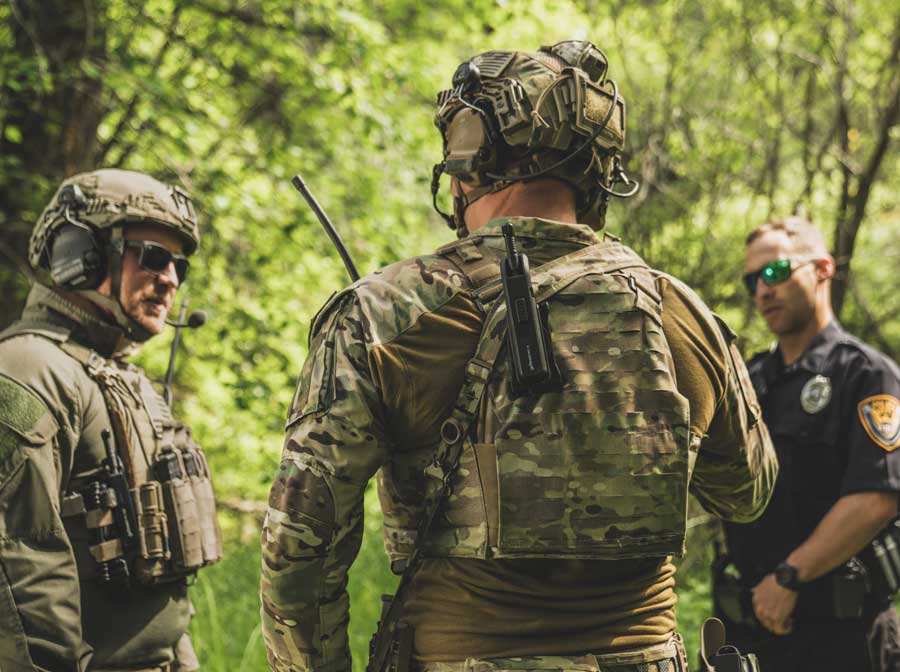
Cross-agency collaboration has become prevalent throughout counter-fentanyl operations. At the end of 2022, California’s Governor, Gavin Newsom, announced that the California National Guard, in support of law enforcement, seized enough fentanyl to kill the population of North America twice over.
In July 2023, two independent counter-fentanyl operations, Operation Jam, and Operation Tulsa, in Jacksonville, Florida, seized one million potentially lethal doses of fentanyl. In May of this year, the Department of Justice, its Joint Criminal Opioid and Darknet Enforcement (JCODE) team, and international partners combined to execute Operation SpecTor, which resulted in 288 arrests and the seizure of 117 firearms and 850 kilograms of drugs. These examples highlight the critical need for law enforcement officers to have situational awareness and communication with not only officers from their own organizations but with officers from any organization participating in an active operation.
With Congress’ introduction of the Fentanyl Eradication and Narcotics Deterrence (FEND) Off Fentanyl Act, law enforcement will increasingly engage in dangerous counter-fentanyl raids and operations. The FEND Off Fentanyl Act, “declares the international trafficking in fentanyl and related opioids a national emergency. It is a comprehensive, national strategy to reduce overdoses, disrupt trafficking operations, attack the traffickers with sanctions, and prioritize anti-money laundering related to the illicit opioid trade.”
As Devin Monk of the Texas State Comptroller’s Office recently wrote, “To stem the flow of fentanyl and its related fatalities, our state’s chances hinge on collaboration…Both Ray Provencio [of U.S. Customs and Border Protection] and Christopher Olivarez [of the Texas Department of Public Safety]…say collaboration among federal, state, and local agencies is vital in the attempt to intercept the flow of fentanyl before it reaches distributors in Texas’ interior.”
If communication is essential to safe, effective, collaborative law enforcement operations, overcoming the interoperability challenges between the different agencies operating around the southern border and the world is necessary to combat the fentanyl epidemic. Deploying low-cost, proven technologies is a way to support those law enforcement entities immediately as they continue to engage in counter-fentanyl operations to stem the flow of narcotics into the United States.


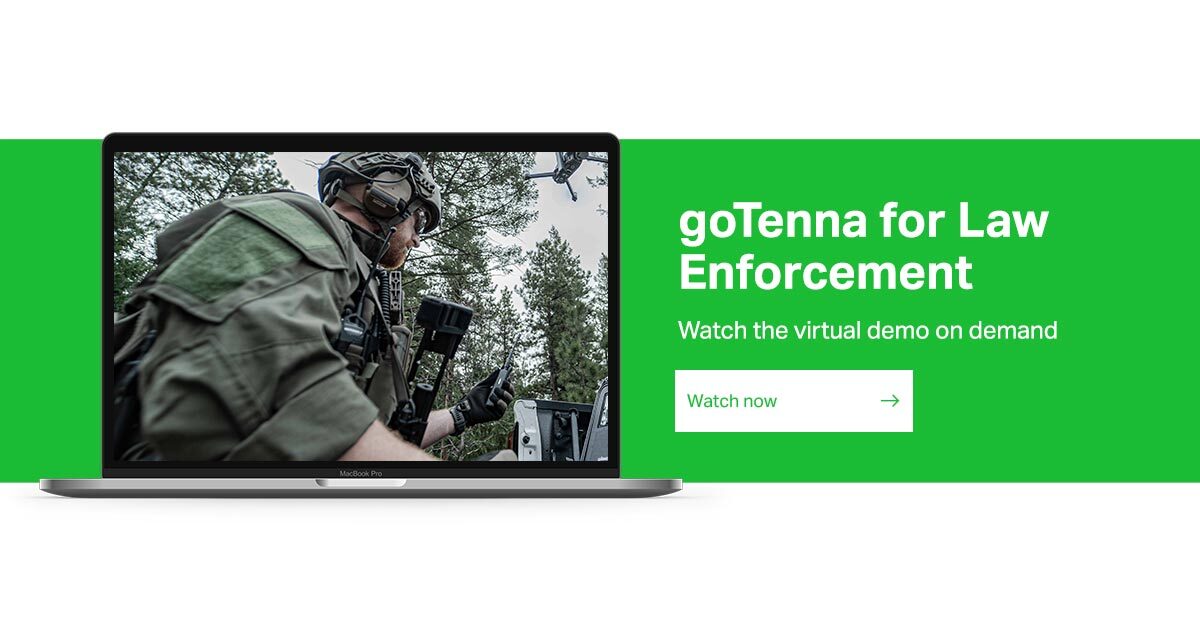
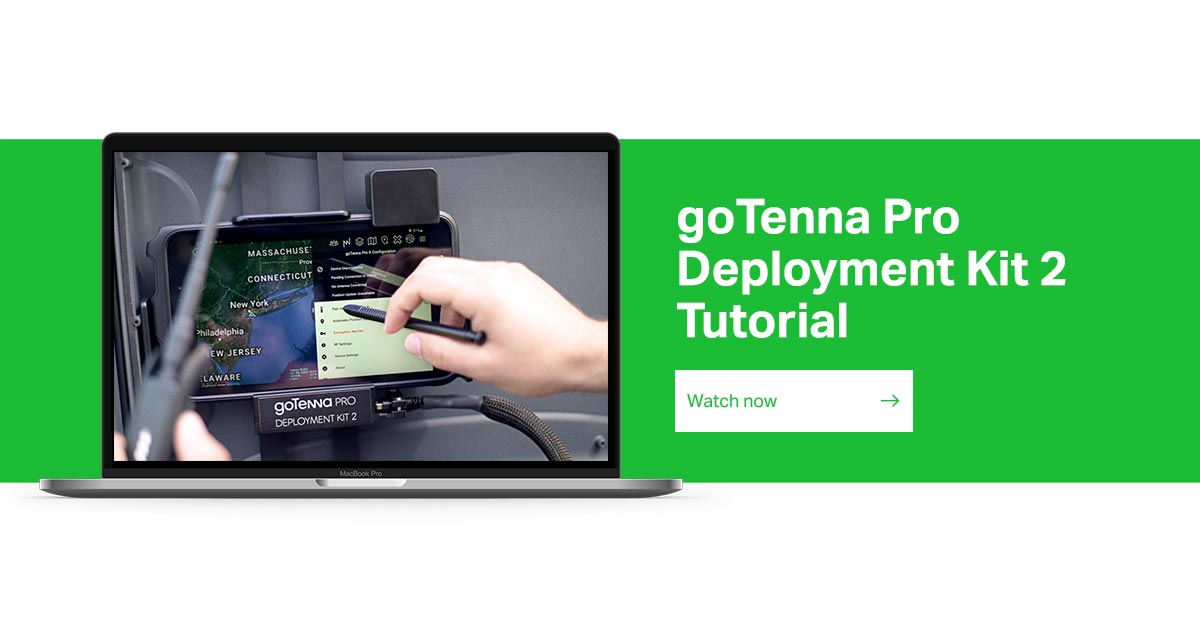
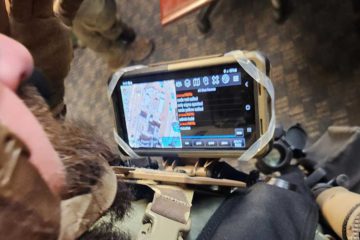
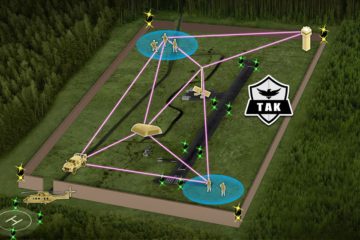
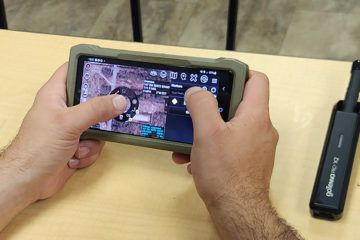


No Comment